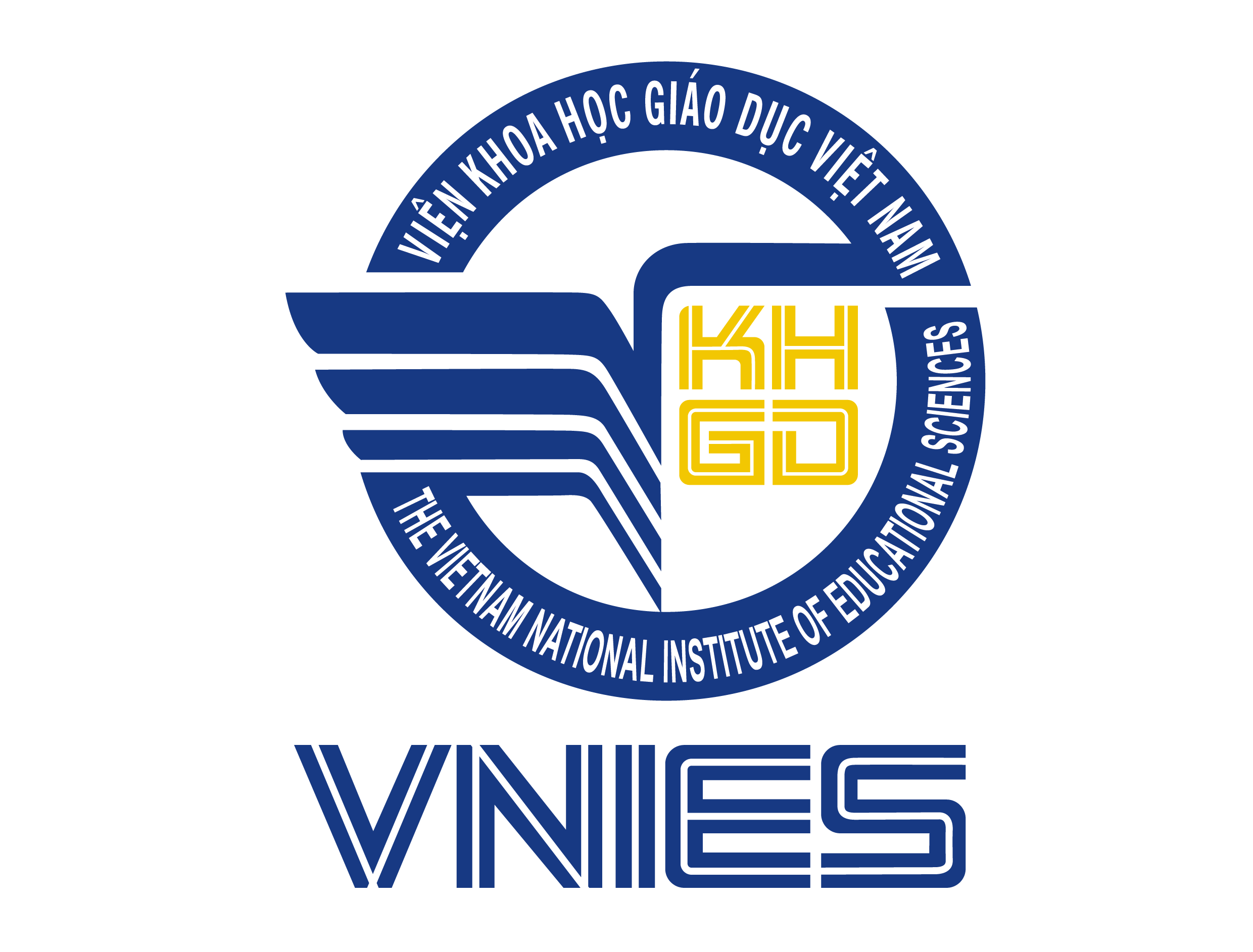[1] Aulia, M. P., Lengkanawati, N. S., & Rodliyah, R. S. (2020). The Use of Pair Work to Reduce Speaking Anxiety in an EFL Classroom. Proceedings of the Twelfth Conference on Applied Linguistics (CONAPLIN 2019), 430, 134–137.
[2] Cao, Y. (2011). Investigating situational willingness to communicate within second language classrooms from an ecological perspective. System, 39(4), 468– 479.
[3] Cao, Y., & Philp, J. (2006). Interactional context and willingness to communicate: A comparison of behavior in whole class, group, and dyadic interaction. System, 34(4), 480–493.
[4] Dajani, M. (2016). Using Thinking Routines as a Pedagogy for Teaching English as a Second Language in Palestine, Journal of Educational Research and Practice, 6(1), 1-18.
[5] Dörnyei, Z., Clément, R., & MacIntyre, P. D. (1998). Nguyễn Thị Hương Lan, Phạm Gia Hiển 40 https://doi.org/10.15625/2615-8957/12510705 Motivation and second language acquysition. The Modern Language Journal, 82(4), 545–562
[6] Gholam, A. (2018). Student Engagement through Visible Thinking Routines, Athens Journal of Education, 5(2), 161-172.
[7] MacIntyre, P. D. (2007). Willingness to communicate in the second language: Understanding the decision to speak as a volitional process. The Modern Language Journal, 91(4), 564–576.
[8] MacIntyre, P. D., Clément, R., Dörnyei, Z., & Noels, K. A. (1998). Conceptualizing willingness to communicate in a L2: A situational model of L2 confidence and affiliation. The Modern Language Journal, 82(4), 545–562.
[9] Ölmezer-Öztürk, E., & Öztürk, G. (2020). Foreign language speaking anxiety and learner motivation: A study on perceptions of English as a foreign language learners. International Journal of Research in Education and Science, 6(4), 879–887.
[10] Peng, J. E. (2014). Willingness to communicate in the Chinese EFL university classroom: An ecological perspective. Multilingual Education, 4(1), 1–18.
[11] Peng, J. E., & Woodrow, L. (2010). Willingness to communicate in English: A model in the Chinese EFL classroom context. Language Learning, 60(4), 834–876.
[12] Ritchhart, R., Church, M., & Morrison, K. (2011). Making thinking visible: How to promote engagement, understanding, and independence for all learners. Jossey-Bass.
[13] Ritchhart, R., & Perkins, D. N. (2008). Making thinking visible. Educational Leadership, 65(5), 57–61.
[14] Salmon, A.K. (2010). Engaging Young Children in Thinking Routines, Childhood Education, 86(3),132-137.
[15] Trang, T. T. T., & Baldauf, R. B. (2007). Demotivation: Understanding resistance to English language Learning - The case of Vietnamese students. The Journal of Asia TEFL, 4(1), 79–105.
[16] Vygotsky, L. S. (1978). Mind in Society: The Development of Higher Psychological Processes. Harvard University Press


